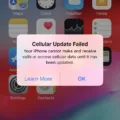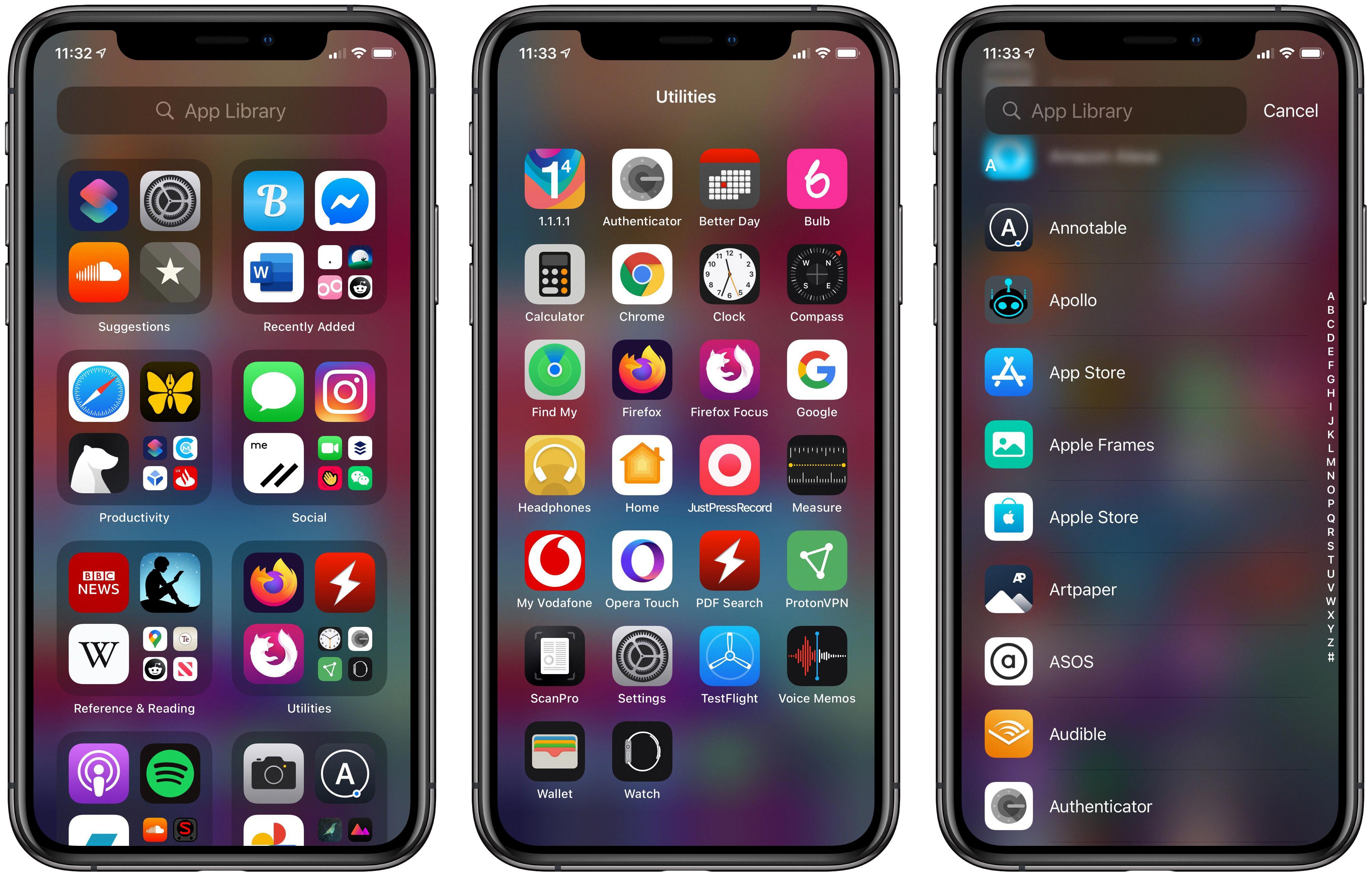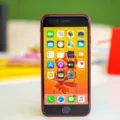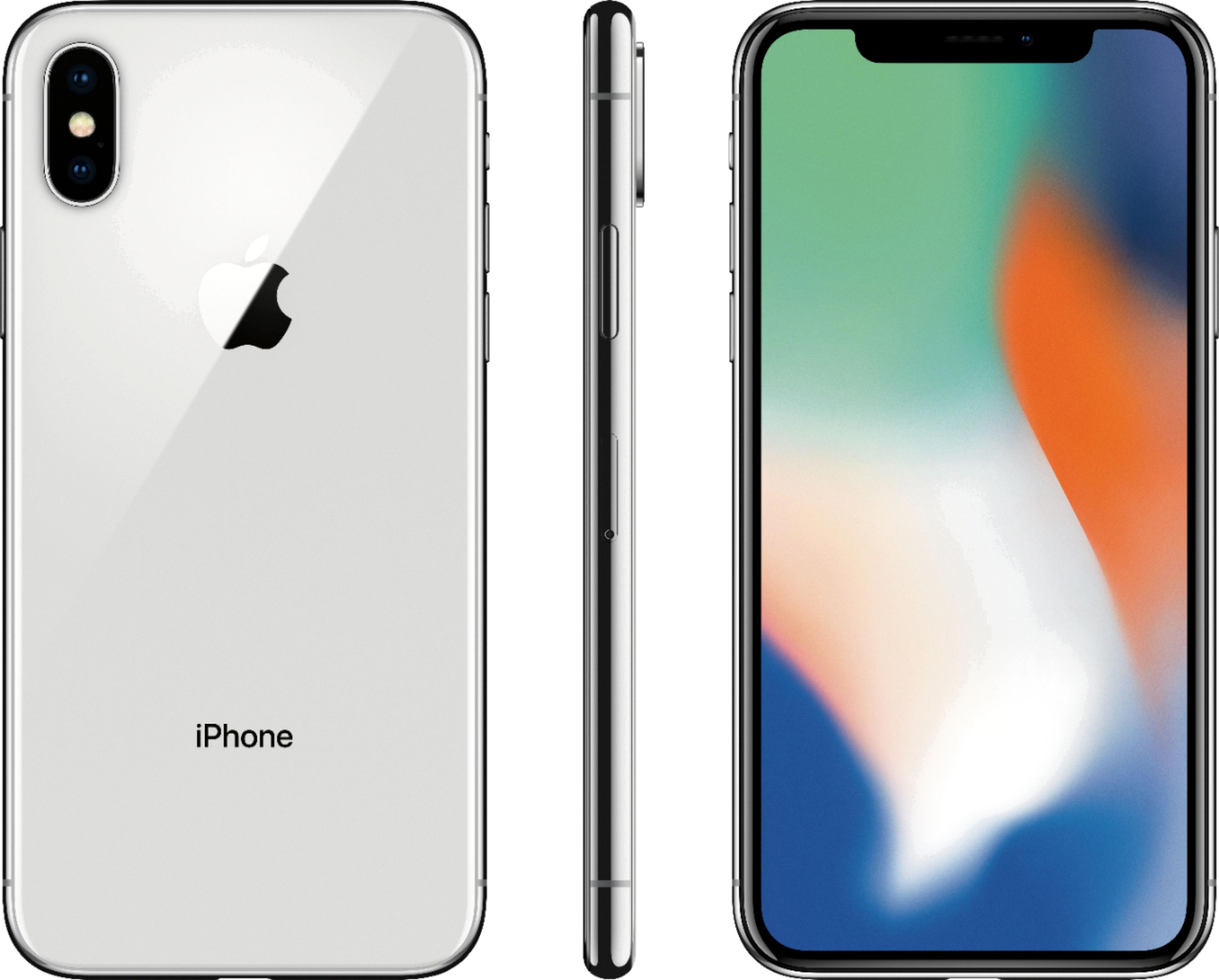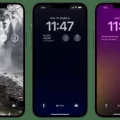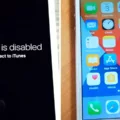The iPhone 4s is a popular device known for its sleek design and advanced features. However, there may come a time when you need to restore your iPhone 4s to its factory settings. This could be due to various reasons such as troubleshooting issues, preparing it for sale, or simply starting fresh. But what if you don’t have the Apple ID password associated with your device? Don’t worry, we’ve got you covered.
To restore your iPhone 4s without the Apple ID password, you will need to put your device into Recovery Mode. Here’s how you can do it:
1. Connect your iPhone 4s to your computer using a USB cable.
2. Open iTunes or Finder on your Mac or Windows computer.
3. Now, it’s time to put your iPhone 4s into Recovery Mode. Here’s how you can do it:
– For iPhone 4s and earlier models: Press and hold the Home button and the Power button at the same time. Keep holding them until you see the iTunes logo and a USB cable on your iPhone’s screen.
– For iPhone 7 and 7 Plus: Press and hold the Power button and the Volume Down button simultaneously. Keep holding them until you see the iTunes logo and a USB cable on your iPhone’s screen.
– For iPhone 8, 8 Plus, X, and newer models: Quickly press and release the Volume Up button, then quickly press and release the Volume Down button. press and hold the Side (or Power) button until you see the iTunes logo and a USB cable on your iPhone’s screen.
4. Once your iPhone 4s is in Recovery Mode, iTunes or Finder will detect it and prompt you to restore your device.
5. Click on the “Restore” button to begin the restoration process. This will erase all the data on your iPhone 4s and install the latest iOS version available.
6. iTunes or Finder will download the necessary software and restore your iPhone 4s. This may take some time, so be patient and make sure your computer stays connected to the internet.
After the restoration process is complete, your iPhone 4s will restart, and you will need to set it up as a new device. Keep in mind that a factory restore does not disable Find My iPhone, so if you want to turn it off, you will need to do so before the device was restored or know the password to the Apple ID that enabled it.
Restoring your iPhone 4s without the Apple ID password is possible by putting your device into Recovery Mode and using iTunes or Finder to initiate the restoration process. Just remember to back up your important data before proceeding, as restoring your device will erase all the content on it.
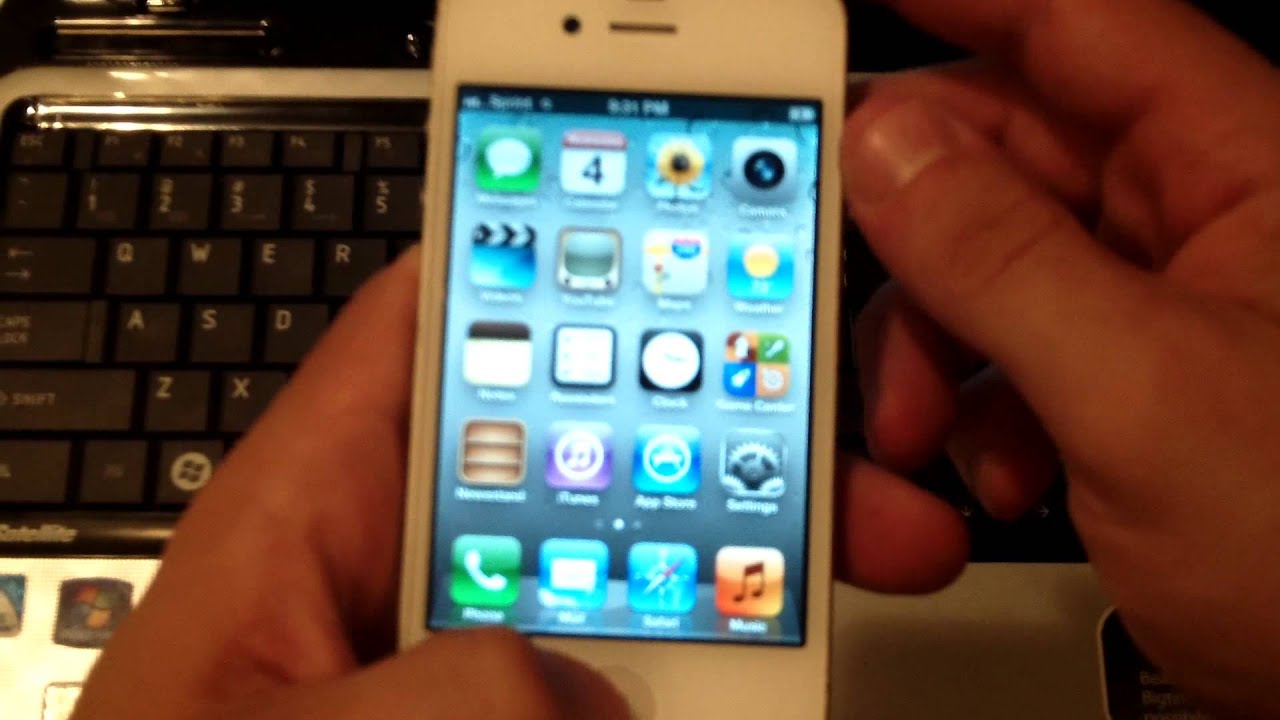
Can You Restore an iPhone With Find My iPhone On?
You cannot restore an iPhone using Find My iPhone while it is still signed in. To initiate the restore process, you will first need to sign out of Find My iPhone on the device. Once you have signed out, you can proceed with the restoration.
Here are the steps to restore an iPhone:
1. Go to the Settings app on your iPhone.
2. Tap on your Apple ID at the top of the screen.
3. Scroll down and select “Find My.”
4. Tap on “Find My iPhone.”
5. Toggle off the switch next to “Find My iPhone.”
6. Enter your Apple ID password to confirm the turning off of Find My iPhone.
After signing out of Find My iPhone, you can now proceed with the restore:
1. Connect your iPhone to a computer using a USB cable.
2. Launch iTunes (for Windows PC) or Finder (for Mac) on your computer.
3. Select your iPhone when it appears in iTunes or Finder.
4. In the Summary tab, click on “Restore iPhone.”
5. A pop-up window will appear asking if you want to restore your iPhone to its factory settings. Click on “Restore” to confirm.
Please note that restoring your iPhone will erase all data and settings on the device. It will also install the latest version of iOS available for your iPhone. Once the restoration process is complete, your iPhone will restart and be ready for setup as if it were a new device.
Remember to back up any important data before restoring your iPhone, as it will not be recoverable after the restoration process.
Does a Factory Reset Disable Find My iPhone?
A factory reset does not disable Find My iPhone. Find My iPhone is a feature developed by Apple that helps users locate and track their lost or stolen devices. It is designed to be a security measure and cannot be easily disabled.
To disable Find My iPhone, you would need to turn it off before performing a factory reset or know the Apple ID password associated with the device. This is because Find My iPhone is linked to your Apple ID and requires authentication to be disabled.
Performing a factory reset erases all the data on the device and restores it to its original factory settings. However, it does not remove the Find My iPhone feature or unlink it from your Apple ID. So, even after a factory reset, Find My iPhone will still be enabled on the device and can be used to track or lock it remotely.
If you wish to disable Find My iPhone, it is recommended to do so before performing a factory reset. This can be done by going to the Settings app, selecting your Apple ID at the top, tapping on iCloud, and then turning off the Find My iPhone option. Alternatively, you can also disable it through the Find My app on another Apple device or through the iCloud website.
A factory reset does not disable Find My iPhone. To disable it, you need to turn it off before performing the reset or know the Apple ID password associated with the device.
How Do You Wipe Your iPhone 4s Without Apple ID Password?
To factory reset your iPhone 4s without the Apple ID password, you can follow the steps below:
1. Put your iPhone into Recovery Mode:
– Connect your iPhone 4s to a computer using a USB cable.
– Press and hold the Home button and the Power button simultaneously until you see the Apple logo appear on the screen.
– Keep holding both buttons until you see the “Connect to iTunes” screen. This indicates that your iPhone is now in Recovery Mode.
2. Open iTunes or Finder on your Mac or Windows computer:
– Make sure you have the latest version of iTunes installed on your computer. If you’re using a Mac with macOS Catalina or later, you can use Finder instead of iTunes.
3. Keep your iPhone connected to the computer and put it into Recovery Mode:
– iTunes or Finder should recognize that your iPhone is in Recovery Mode and display a prompt asking if you want to Restore or Update your device.
4. Restore your iPhone with iTunes or Finder:
– Click on the “Restore” button to initiate the restoration process.
– iTunes or Finder will download the necessary firmware for your iPhone and install it. This process may take some time, so make sure your computer stays connected to the internet and powered on during the restoration.
5. Set up your iPhone as new or restore from a backup:
– After the restoration process is complete, you can set up your iPhone as a new device by following the on-screen instructions. This will erase all data on your iPhone and give you a fresh start.
– Alternatively, if you have a previously made backup, you can choose to restore your iPhone from that backup during the setup process.
Please note that performing a factory reset will erase all data on your iPhone, so it’s important to ensure you have a backup of your important files before proceeding. Additionally, if your iPhone is linked to an Apple ID, you may need to provide the Apple ID password during the setup process after the reset.
Conclusion
The iPhone 4s may be an older model, but it still holds its own in terms of performance and functionality. Despite being released several years ago, it can still meet the basic needs of most users, such as making calls, sending messages, and browsing the internet.
However, it is important to note that the iPhone 4s is no longer supported by Apple with the latest iOS updates. This means that users may experience compatibility issues with newer apps and software. Additionally, the hardware of the iPhone 4s is not as advanced as newer models, resulting in slower performance and limited storage capacity.
If you are considering purchasing an iPhone 4s, it is advisable to evaluate your specific needs and requirements. If you are a casual user who primarily uses their phone for basic tasks, the iPhone 4s can still be a viable option. However, if you rely heavily on the latest apps and software, or require a larger storage capacity, it may be worth considering a more recent iPhone model.
Ultimately, the decision to purchase an iPhone 4s should be based on individual preferences and priorities. While it may not offer the same level of performance and features as newer models, it can still serve as a reliable and cost-effective option for those who do not require the latest technology.






